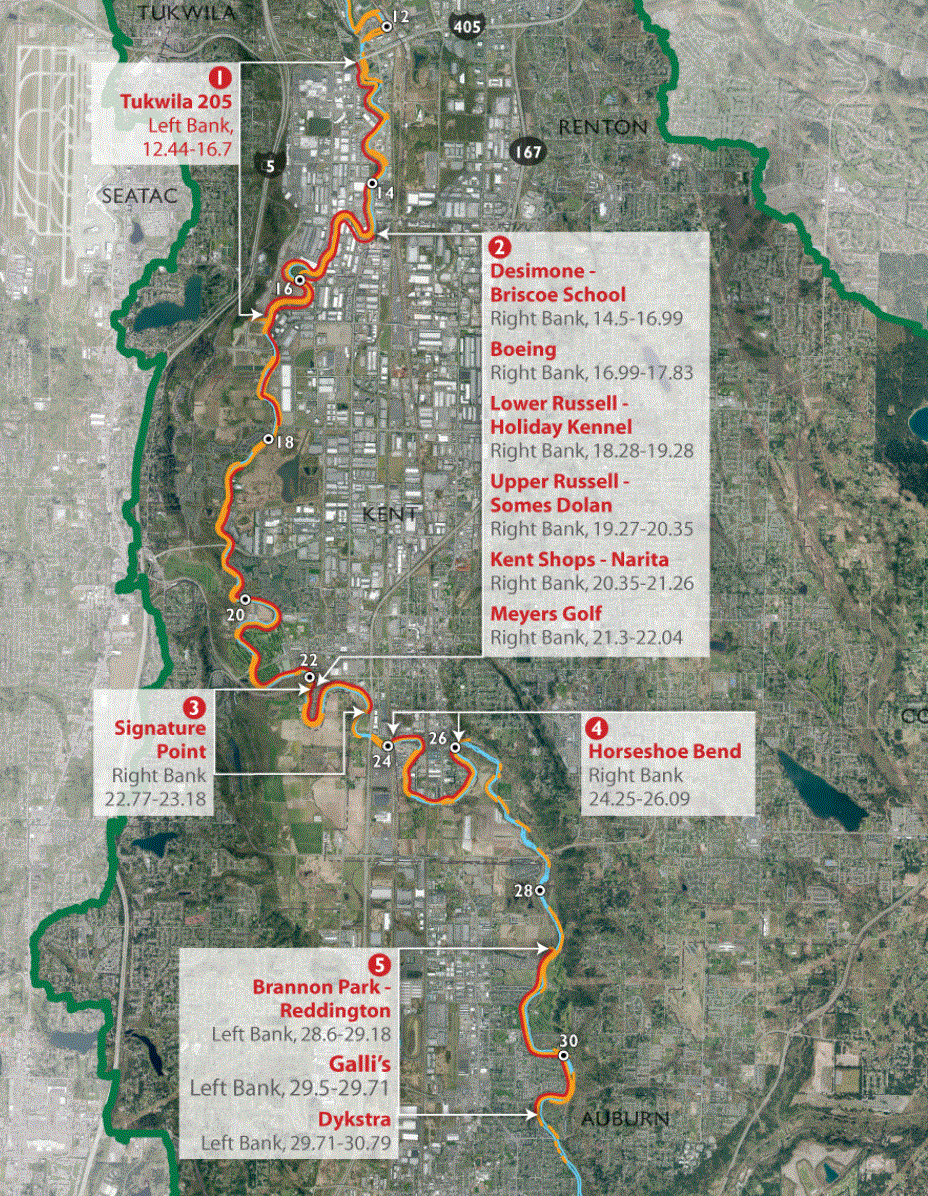
There are 16 miles of flood protection levees along the Lower Green River that no longer provide sufficient protection to the residents or significant economic resources in the Green River Valley. The levees also lack enough vegetation and trees to provide shade to the river in support of the federal Endangered Species Act and Clean Water Act mandates. With input from you and many other stakeholders, the King County Flood Control District is developing a long-term plan, known as a System-Wide Improvement Framework, to manage flood risks in a way that achieves coordinated social, ecological and economic goals.
4 Comments
|
